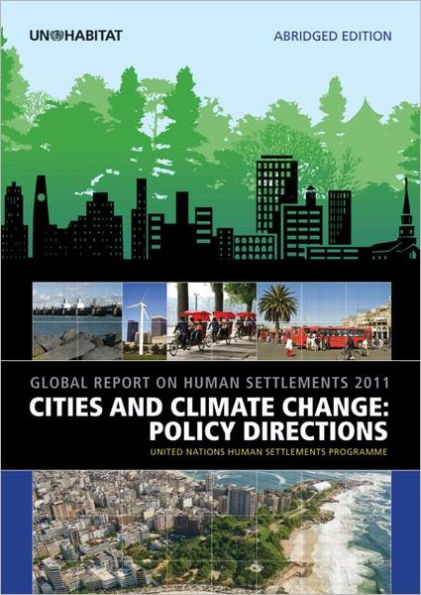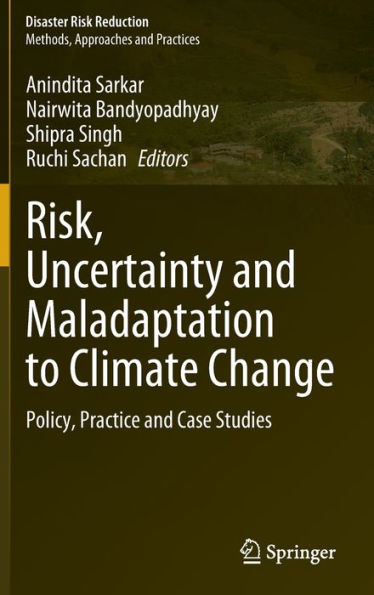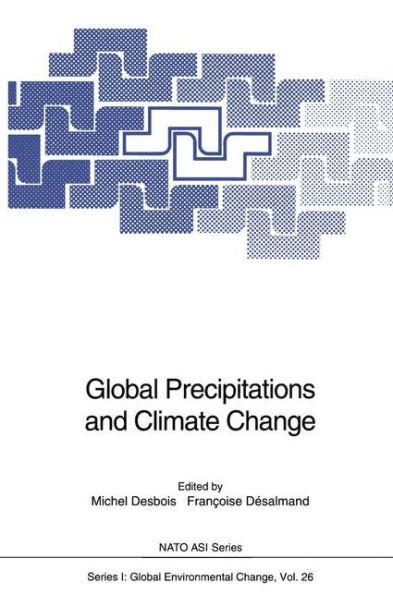Home
The Role of Tropics in Climate Change: Global Case Studies
Barnes and Noble
The Role of Tropics in Climate Change: Global Case Studies
Current price: $150.00


Barnes and Noble
The Role of Tropics in Climate Change: Global Case Studies
Current price: $150.00
Size: OS
Loading Inventory...
*Product information may vary - to confirm product availability, pricing, shipping and return information please contact Barnes and Noble
The Role of Tropics in Climate Change: Global Case Studies
uses a 20-chapter, easy-to-understand format to centralize the practical application ideas for functional metagenomics. This important resource not only includes chapters on next-generation sequencing technologies to study important biogeochemical cycles, degradation pathways and detoxification, but also gives insight into several tools that have been developed to integrate metadata and sequence data, allowing downstream comparative analyses of different datasets using several ecological indices. The book further explains newly developed techniques for sequencing DNA, generating shorter fragments than Sanger sequencing techniques to quickly read larger sequences in a shorter amount of time.
uses a 20-chapter, easy-to-understand format to centralize the practical application ideas for functional metagenomics. This important resource not only includes chapters on next-generation sequencing technologies to study important biogeochemical cycles, degradation pathways and detoxification, but also gives insight into several tools that have been developed to integrate metadata and sequence data, allowing downstream comparative analyses of different datasets using several ecological indices. The book further explains newly developed techniques for sequencing DNA, generating shorter fragments than Sanger sequencing techniques to quickly read larger sequences in a shorter amount of time.

















